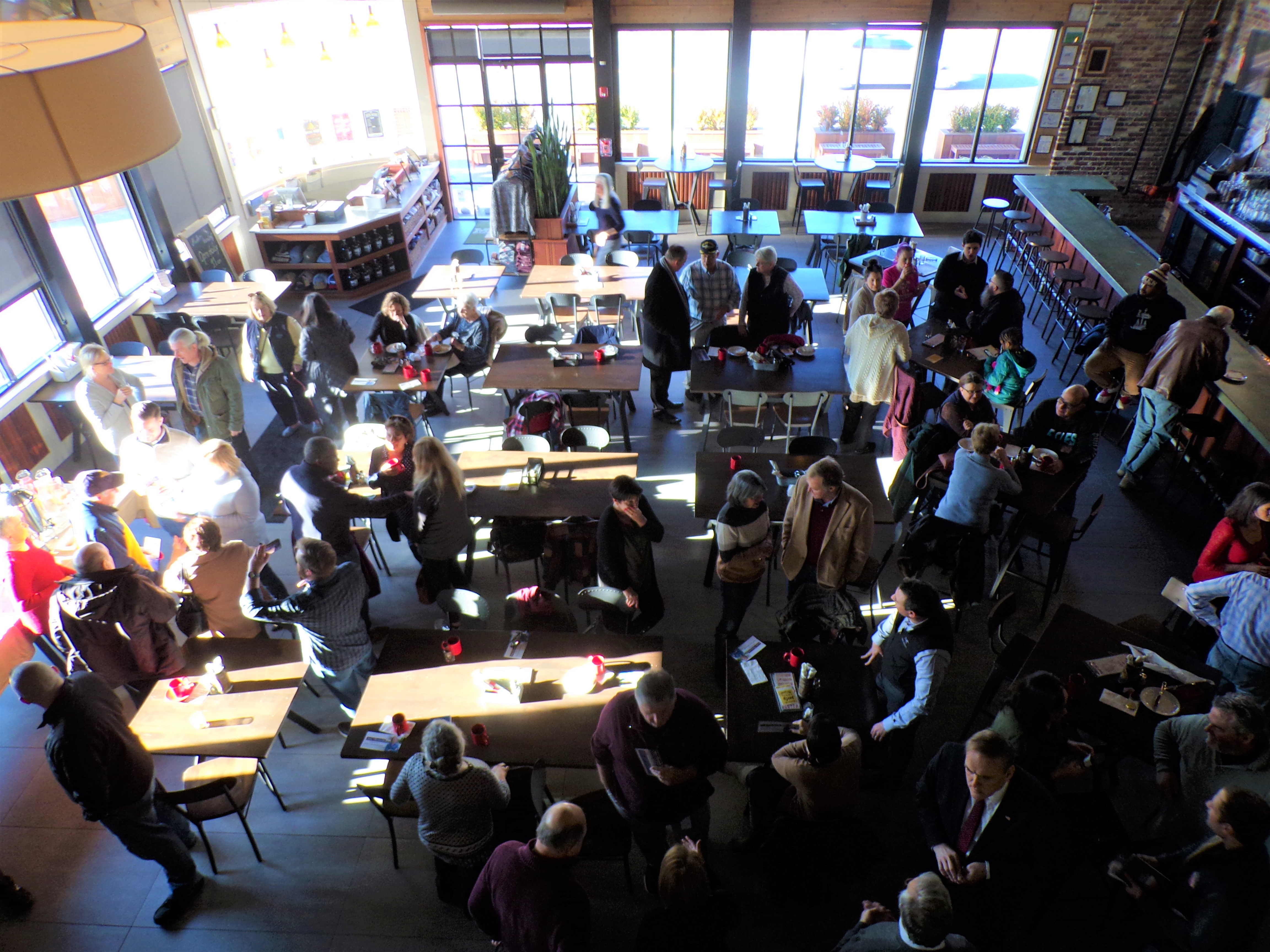Teaneck is a township of Bergen County in New Jersey, United States, and a suburb in the New York metropolitan area. As of the 2010 United States Census, the township’s population was 39,776, reflecting an increase of 516 (+1.3%) from the 39,260 counted in the 2000 Census, which had in turn increased by 1,435 (+3.8%) from the 37,825 counted in the 1990 Census. As of 2010 it was the second-most populous among the 70 municipalities in Bergen County, behind Hackensack, which had a population of 43,010.
Teaneck was created on February 19, 1895 by an act of the New Jersey Legislature from portions of Englewood Township and Ridgefield Township, both of which are now defunct (despite existing municipalities with similar names), along with portions of Bogota and Leonia. Independence followed the result of a referendum held on January 14, 1895, in which voters favored incorporation by a 46–7 margin. To address the concerns of Englewood Township’s leaders, the new municipality was formed as a township, rather than succumbing to the borough craze sweeping across Bergen County at the time. On May 3, 1921, and June 1, 1926, portions of what had been Teaneck were transferred to Overpeck Township.
Teaneck lies at the junction of Interstate 95 and the eastern terminus of Interstate 80. The township is bisected into north and south portions by Route 4 and east and west by the CSX Transportation River Subdivision. Commercial development is concentrated in four main shopping areas, on Cedar Lane, Teaneck Road, DeGraw Avenue, West Englewood Avenue and Queen Anne Road, more commonly known as “The Plaza”.
Teaneck’s location at the crossroads of river, road, train and other geographical features has made it a site of many momentous events across the centuries. After the American defeat at the Battle of Fort Washington, George Washington and the troops of the Continental Army retreated across New Jersey from the British Army, traveling through Teaneck and crossing the Hackensack River at New Bridge Landing, which has since been turned into a state park and historic site commemorating the events of 1776 and of early colonial life. In 1965, Teaneck voluntarily desegregated its public schools, after the Board of Education approved a plan to do so by a 7–2 vote on May 13, 1964. Teaneck has a diverse population, with large Jewish and African American communities, and growing numbers of Hispanic and Asian residents.
The origin and meaning of the name “Teaneck” is not known, but speculation is that it could come from various Dutch or English words, or it could be Native American in origin, meaning “the woods”. An alternative is from the Dutch “Tiene Neck” meaning “neck where there are willows” (from the Dutch “tene” meaning willow).
The earliest uses of the word “Teaneck” were in reference to a series of Lenni Lenape Native American camps near the ridge formed by what became Queen Anne Road. Chief Oratam was the leader of a settlement called “Achikinhesacky” that existed along Overpeck Creek in the area near what became Fycke Lane.
A neighborhood variously called East Hackensack or New Hackensack was established along a ridge on the east bank of the Hackensack River, site of a Native American trail that followed the river’s path along what is now River Road, with the earliest known buildings constructed dating back as far as 1704. Other early European settlements were established along what became Teaneck Road, which is the site of a number of Dutch stone houses that remain standing since their construction in the 1700s, several of which have been added to the National Register of Historic Places.
Several homes in Teaneck date back to the colonial era or the period subsequent to American Revolutionary War and have been preserved and survive to this day. Teaneck sites on the National Register of Historic Places and (other historic homes) include:
- John Ackerman House – 1286 River Road (constructed 1734–1787)
- Banta-Coe House – 884 Lone Pine Lane (c. 18th century, added 1983)
- Brinkerhoff-Demarest House – 493 Teaneck Road (c. 1728, added 1983)
- Christian Cole House – 1617 River Road (constructed c. 1860)[54]
- Draw Bridge at New Bridge – Main Street and Old New Bridge Road over Hackensack River (constructed 1888, added 1989)
- Adam Vandelinda House – 586 Teaneck Road (constructed 1830, added 1983)
- James Vandelinda House – 566 Teaneck Road (constructed 1805–1820, added 1983)
- Caspar Westervelt House – 20 Sherwood Road (constructed 1763, added 1983)
- Zabriskie-Kipp-Cadmus House – 664 River Road (c. 1751, added 1978)
- The William Thurnauer house – Designed by Edward Durell Stone, 628 North Forest Drive (constructed 1949)
Source: Wikipedia















